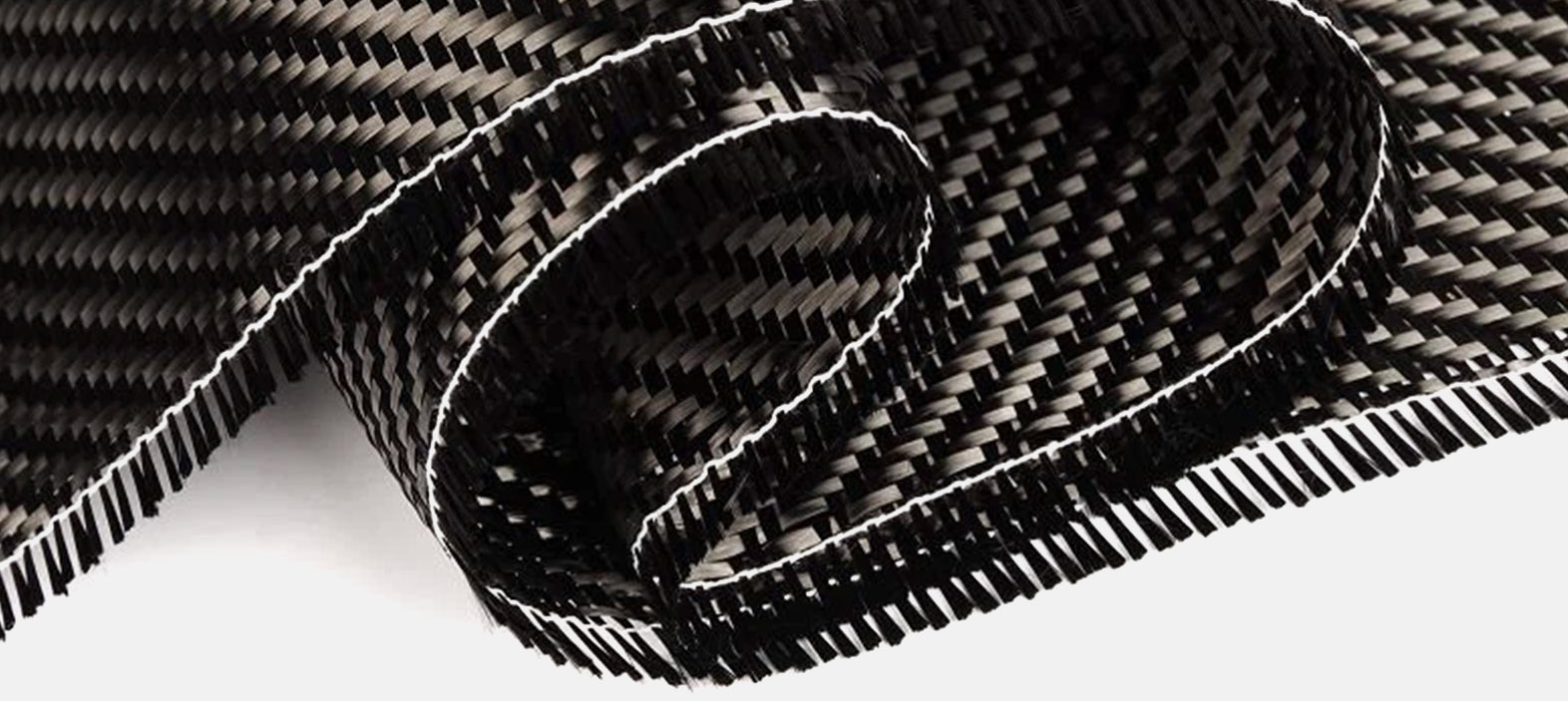
Electromagnetic Properties of Carbon Fiber
👁 Reads: 1116
Carbon fiber has been praised for its incredible strength, and low density coupled with flexibility, so it is one of those materials that are highly sought by many industries. However, its electromagnetic properties are equally as impressive and carry substantial implications for many uses. In this article, we will be describing the electromagnetic properties of carbon fiber, analyzing what sets it apart from other materials and what can be expected of it in the future.
The Basics of Carbon Fiber
Carbon fiber is a very thin, strong crystalline thread of carbon atoms bonded together. These fibers with diameters of 5-10 micrometers are packed and twisted together to form threads that can be used to fabricate a fabric or impregnate a polymer matrix and be used in composites. Thus, the carbon fiber products obtained – carbon fiber fabric, carbon fiber rods and other custom carbon fiber products – demonstrate high strength indicators and low density. The peculiarities of carbon fiber products are due to the nature of the carbon atom. Its crystalline structure is somewhat like graphite and the carbon atoms are orderly arrayed, which make it conductive and possessing other electromagnetic properties.
Electromagnetic Properties of Carbon Fiber
Carbon fiber exhibits several key electromagnetic properties that make it valuable across various industries. Let's explore these properties in detail:
1. Electrical Conductivity
Carbon fiber can conduct electricity because electrons are able to reely within the aligned carbon molecules. This characteristic makes it very useful in absorbing the static electricity charges, reducing risks of damaging sensitive electronic parts. Moreover, due to its electrical conductivity carbon fiber is useful in passing as a shield against electromagnetic interference (EMI). Examples include prepreg carbon fiber tubes, carbon fiber rods and carbon fiber sheets which offer high EMI shielding used in electronic housings to enhance the performance of several electronic systems.
2. Thermal Conductivity
Carbon fiber also has the benefit of conducting heat energy, which makes it useful in situations where heat control is necessary. Carbon fiber rods and sheets are incorporated in electrical and electronics devices where they work as heat sinks that help to regulate and dispel heat. Prepreg carbon fiber tubes are used in aerospace parts, satellites, and other products that must effectively expel heat to prevent damage, thus, meeting the standards of the industry.
3. Dielectric Constant
The ability of an element to conduct electric charge in an electric field is measured by its dielectric constant. Since carbon fiber lacks a high dielectric constant, it cannot hold appreciable electrical charge. This property is very essential in cases where the applications involve handling of high frequency electromagnetic waves, since such materials which have low dielectric constant are ideal for use as they do not cause a lot of signal loss or interference. For example, carbon fiber in aerospace engineering in the construction of radomes that need to have low signal loss.
4. Magnetic Properties
This phrase explains the extent to which a material may continue to retain a magnetic field within it. Because carbon fiber is non-magnetic, it has a low magnetic permeability. This characteristic makes carbon fiber suitable for application in areas where there is need to minimize magnetic interferences. For example, in medical equipment like MRI machines, components made from non-magnetic materials like carbon fiber rods and prepreg carbon fiber tubes are used to minimize the magnetic interference and improve the imaging process.
5. Reflectivity and Absorption
The composite material and surface polish affect carbon fiber's absorption and reflectivity. This ability of carbon fiber to both transmit and absorb certain electromagnetic waves makes it an excellent material for radar absorption and stealth technology. Its composite design thus has a likelihood to regulate its ability to absorb electromagnetic radiation, which is beneficial to the aerospace and defense industries.
Applications Leveraging Electromagnetic Properties
Electromagnetic interference Shielding - In order to shield airplanes and spacecraft from electromagnetic interference, the aeronautics and defense sectors use carbon fiber. It is perfect for shielding delicate electronic equipment from interference because of its electromagnetic characteristics and lightweight design. Carbon fiber fabric is used in the automative sector to protect automotive electronic components from electromagnetic interference.
Additionally, carbon fiber's low radar cross-section and non-magnetic characteristics also aid in its application in stealth technology. Custom carbon fiber products are frequently made to make military planes and ships less visible to radar systems.
Non-Magnetic Properties – Because carbon fiber composites absorb only low levels of electromagnetic radiation energy and are non-magnetic; they are used in the design of medical imaging devices such as X-ray and MRI machines.
Conclusion and Future Outlook
The electromagnetic properties of the carbon fiber further add value to its already impressive profile, thus making it ideal for many uses. From the shielding of EMI/EMC to the absorption of electromagnetic waves and radar stealth technology. Carbon fiber products such as carbon fiber fabrics, carbon fiber sheets and carbon fiber rods are the new age solutions to the complex technological issues. Future advancements may bring more advanced and lesser expensive carbon fiber products and this will increase the applications of the materials. The research on carbon fiber’s application still goes on and this means that carbon fiber will continue to be one of the most significant material sciences in industries such as aerospace, electronics and other industries.





